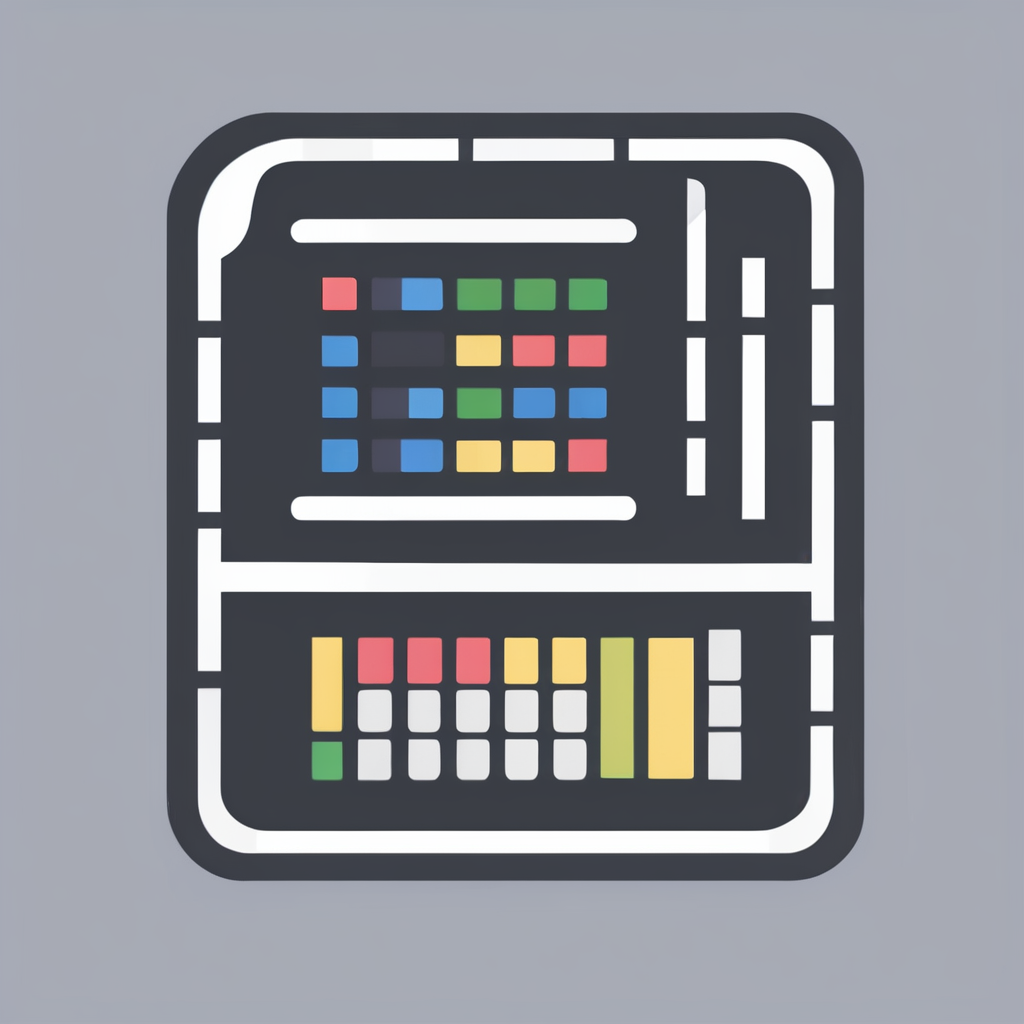Key benefits of IoT adoption for UK businesses
Adopting the Internet of Things (IoT) offers UK businesses significant advantages in business efficiency and operational performance. One of the most immediate IoT benefits UK businesses experience is increased operational efficiency through automation. IoT devices can monitor equipment status, environmental conditions, and supply chains in real time. This automation reduces manual tasks, mitigating human error and enabling faster decision-making.
Another critical benefit is the potential for cost savings and resource optimisation. IoT systems help identify inefficiencies, such as energy wastage or underutilised assets, allowing businesses to adjust processes accordingly. By tracking usage patterns and maintenance needs, companies can schedule timely repairs, preventing costly breakdowns and extending asset lifespans.
In the same genre : How Can the UK Improve Its Internet Infrastructure for the Future?
Moreover, IoT supports enhanced real-time data collection and analytics, empowering businesses with actionable insights. Access to continuous, accurate data enables managers to analyze trends, predict demand, and improve product or service quality. These data insights become a foundation for strategic planning and innovation, giving UK businesses a competitive advantage in their industries.
In brief, the IoT benefits UK businesses by automating operations, reducing costs through smarter resource use, and providing rich data insights to drive informed decisions and growth.
Also read : Unleash creativity and growth with a webflow agency
Sector-specific advantages of IoT in the UK
The IoT applications by sector in the UK demonstrate transformative benefits across multiple industries. In manufacturing, IoT enables predictive maintenance, which anticipates equipment failures before they occur. This reduces downtime and improves overall productivity significantly. Sensors continuously collect data on machine performance, allowing factories to optimize operations and schedule maintenance only when necessary. The result is reduced costs and enhanced efficiency.
Within the retail sector, IoT supports advanced inventory management by tracking stock levels in real-time, preventing overstocking or stockouts. Smart shelves and RFID tags streamline stock replenishment. Additionally, retailers leverage IoT for improved customer engagement through personalized promotions and enhanced in-store experiences, driven by data collected from IoT devices.
In logistics, IoT enhances the visibility and tracking of shipments, providing real-time location and condition updates. This leads to improved route planning, decreased delivery times, and better asset utilization. For healthcare, IoT devices enable remote patient monitoring, ensuring timely interventions and reducing hospital visits. Data from wearable devices or connected healthcare equipment supports proactive care management.
Finally, IoT in utilities facilitates smarter energy management through connected meters and grid monitoring systems, promoting energy efficiency and reducing operational costs. Together, these sector-specific advances highlight how IoT is driving innovation and competitiveness in the UK economy.
Enhanced customer experience and service innovation
Connected devices and IoT-driven innovation are transforming UK business customer service by enabling deeper personalisation and faster support. Through real-time data collection, businesses tailor interactions to individual preferences, enhancing the overall customer experience. For example, IoT sensors can monitor product usage and proactively alert service teams to potential issues before customers report them, allowing support to be both accurate and timely.
Moreover, IoT enables faster issue resolution by automating diagnostics and remotely accessing devices, which minimizes downtime. This shift from reactive to proactive service is revolutionising customer support, making it more responsive and efficient.
Additionally, new products and service models emerge from this data-rich environment, enabling businesses to shift from selling standalone products to offering comprehensive solutions and subscription-based services. This innovation not only meets evolving customer expectations but also opens revenue streams while reinforcing loyalty.
Compliance, security, and regulatory impact
In today’s digital landscape, IoT security is critical for UK businesses aiming to ensure robust data protection and maintain UK business compliance. IoT devices generate vast amounts of data, which, if left unprotected, can expose organizations to security breaches and regulatory penalties. Implementing stringent security measures around IoT infrastructure strengthens monitoring and control capabilities, allowing firms to detect anomalies early and enforce compliance policies effectively.
Supporting data protection and regulatory compliance is facilitated by integrating regulatory technology (RegTech) solutions that streamline adherence to evolving UK regulations. These technologies automate compliance reporting and risk assessments, reducing the burden on human resources while maintaining up-to-date conformity with legal requirements. Furthermore, IoT’s adaptability enables real-time updates when regulations change, which is vital given the dynamic nature of UK data protection laws.
By leveraging IoT solutions with embedded security features, companies can proactively manage vulnerabilities, ensuring their operations align with industry standards and safeguard sensitive data. This proactive approach to security and compliance not only reduces the risk of fines but also enhances customer trust and operational resilience.
UK case studies and market trends
The UK IoT adoption examples showcase remarkable advancements across various sectors. For instance, logistics companies have implemented IoT sensors to optimize supply chains, resulting in reduced delivery times and increased efficiency. Similarly, the healthcare industry uses connected devices for patient monitoring, enhancing real-time care and reducing hospital readmissions. These case studies highlight how IoT integration drives tangible business value.
When examining industry trends, a clear movement towards smart infrastructure is evident, supported by government initiatives that foster digital transformation. Energy providers increasingly rely on IoT-enabled smart grids to improve energy management and sustainability. Moreover, agriculture benefits from IoT sensors to monitor soil and crop health, increasing yields while minimizing resource use.
Recent IoT statistics reflect a growing adoption rate in UK enterprises. Reports indicate that over 60% of businesses have integrated at least one IoT solution, with projections suggesting continued growth fueled by advances in AI and 5G technologies. These statistics underscore a robust trajectory for IoT, driven by investment in innovation and increasing awareness of its benefits.
Insights from industry leaders and government reports emphasize the need for enhanced cybersecurity frameworks to protect connected devices. Additionally, collaboration between private and public sectors is encouraged to ensure seamless deployment of IoT solutions. These perspectives provide a comprehensive understanding of the ecosystem shaping the future of IoT in the UK.
Understanding Robot Vacuum Cleaning Modes
Robot vacuum cleaners come equipped with different cleaning modes designed to tackle various floor types and mess conditions efficiently. Recognizing these modes helps users maximize the vacuum’s performance. Common modes include spot cleaning, edge cleaning, and automatic cleaning.
Spot cleaning focuses the vacuum on a specific area, ideal for localized spills or dirt patches. Edge cleaning, on the other hand, targets corners and along baseboards where dust tends to accumulate. Automatic cleaning mode navigates the entire accessible floor area by following pre-programmed algorithms, balancing thoroughness with speed.
Some advanced models also feature customizable schedules and mapping systems, enabling users to define cleaning zones or avoid certain rooms. This flexibility enhances convenience and ensures the robot effectively manages different cleaning scenarios without constant intervention.
When choosing a robot vacuum, consider the types of cleaning modes offered and how they align with your home’s layout and cleaning needs. Models with multiple modes provide superior versatility and can adapt to diverse messes and floor surfaces, delivering consistently reliable results.










